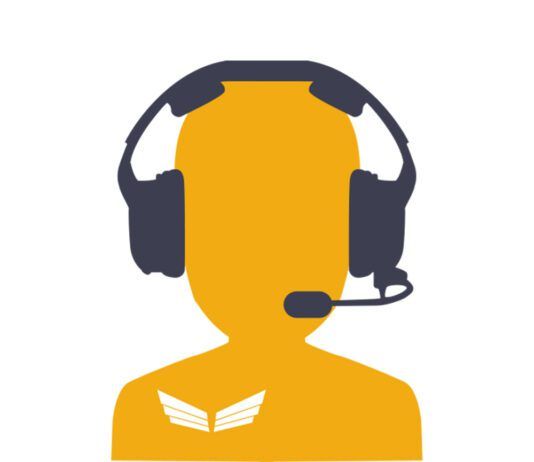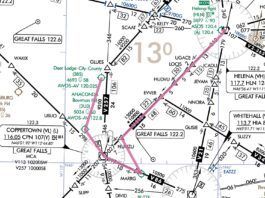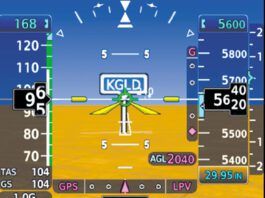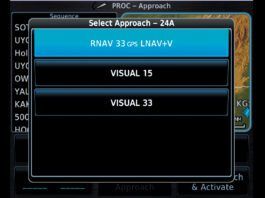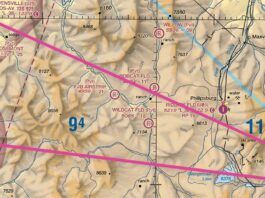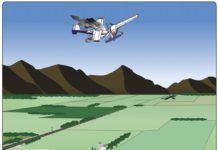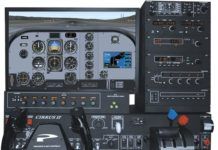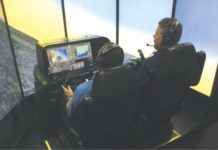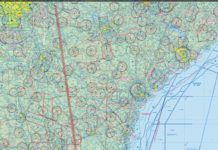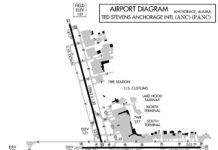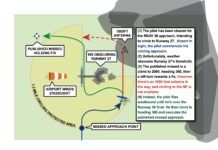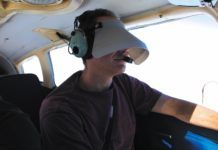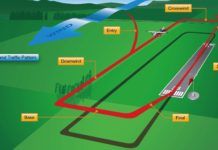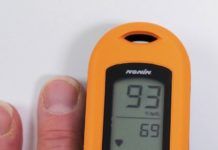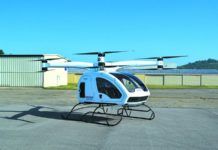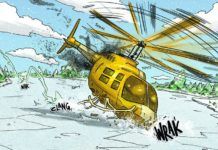Spotting Traffic
TCAS II is the most comprehensive form of TCAS, but its range depends on what it is asked to do. Overall pulse detection range is 30 NM for Mode S transponders and 14 NM for Mode A/C units. Surveillance must be reliable within 14 NM, but TCAS II will only assess threats within 12 NM as possible RAs. TCAS II guarantees system reliability within at least 4.5 NM. Two TCAS II systems can coordinate RAs to maximize vertical separation, typically 300-700 feet. There is even a reverse RA if one aircraft fails to respond correctly in the latest version 7.1 software.
Certified Sim vs. DIY
Okay, weve likely just established that your proficiency needs more than an IPC twice a year. Now, what if you flew those same procedures every month, all the way to real minimums in no guano, Batman, I cant see the runway weather? Do that every month and after a few months youd be much more proficient for that exercise. If you do it in a sim, you dont have to arrange for a safety pilot or an instructor, and you can do it whenever its convenient to your schedule.
LostMySim
As my simulator was nearing completion in July 2018, Carl left his company because of some conflict with their new investor, Meiya Group, chaired by Roland Pinto. I wont go into specifics, but after paying in full for my simulator about 18 months ago, Mr. Pinto ultimately ignored all my attempts to get my sim. The Cirrus Owners & Pilots Association, another big proponent of FlyThisSim (FTS), has now advised their members, Any dealing with FTS is at high risk of non-delivery and potential loss of funds exchanged.
Living is Risky
Anyway, once we accept that GA flying is dangerous, we can focus on making it less so. Look at maintenance. Tony Saxton of TAS Aviation, a Twin-Cessna specialist, reports that the total number of annuals they can do in a year has decreased by a whopping 28 percent simply because theres more to inspect (from ADs, service bulletins, or just from experience) and more discrepancies to fix; their comprehensive annual merely takes longer.
Spring Break
Naturally, you want blue skies and full sun to get the most out of such a trip. Theres usually no issue with that, but the Gulf region and Florida Keys have their share of showers and thunderstorms. Hurricanes and tropical storms not withstanding, weather here is dynamic, so youre going to start familiarizing yourself with this new territory early. Little do you know that its the mapping, not the weather, that will catch you by surprise.
Land of a Midnight Sim
One of simulations greatest strengths is flying parts of the world where you might never make it in person. Alaska calls to the hearts of many a pilot, so well take you there today. Nothing too strenuous: Just a jaunt from Anchorage (PANC) down south to Seward (PAWD) on the ocean and then over to Kenai (PAEN) on Cook Inlet. Yeah, ICAO Alaskan airports start with a P not a K. Hmm... if you put the I-meaning you-in PANC you get Panic. Coincidence?
Circling Uncertainty
Your home field is non-towered, and the AWOS says the winds are fierce out of the west. If it was VFR, Runway 27 would rock. However, theres nasty precipitation starting five miles east of the airport. The RNAV 27 approach would drive you right through it. Youve already been beaten up enough for one day. Instead, the reported 800 foot ceiling inspires you request an RNAV approach to Runway 36 with a circle to Runway 27. The circling mins are 600 feet for your aircraft category. Youll stay close to the airport and once you get underneath, you can bring it around to land into the wind on 27.
BasicMed Safety Pilot
When we got BasicMed, something wed done for a long time was taken away. BasicMed applies to acting as pilot in command. But, with BasicMed youre not legal to act as a safety pilot for your buddy whos under the hood practicing approaches in VMC. So, you exercise the workaround of agreeing ahead of time that you, the safety pilot, are indeed the PIC for this flight (more on that in a moment), then youre once again good to go even with BasicMed ... if, that is, the aircraft insurance agrees. Lets look more carefully at all this.
Party in the Pattern
Likely you either practice approaches to non-towered airports or fly into airfields with part-time control towers. Non-towered airports, hotbeds of GA activities, present our greatest risk of a midair collision; a risk mitigated by a disciplined adherence to procedures (proper entry into landing patterns, proper departure patterns) and proper use of the UNICOM frequency at uncontrolled airports. (FAA Aviation News, May/June 2001) Therefore, its important that instrument pilots play nice around the pattern. The updated AC 90-66 covering non-towered airports specifically identifies instrument pilots, maybe because of some past misbehavior.
Flying High
Ever wonder how the FAA came up with 91.211 requiring oxygen use above 12,500 feet MSL for more than 30 minutes and any time over 14,000 feet MSL? The answer is geography, not physiology. When these rules were written, oxygen systems were expensive and heavy. General aviation wanted to fly anywhere in the U.S. without oxygen, and you can fly any mountain pass in the 48 contiguous U.S. states in less than 30 minutes between 12,500 feet and 14,000 feet MSL.
Readback: January 2019
Another good rule of thumb is Buys Bullots law: To locate where the bad weather is coming from, put your back to the wind and extend your left arm straight out. Thats where the low pressure bad WX is coming from. It works for me.
Stupid Pilot Tricks: 2019
Yep, its time to make fun of those who in 2015 ignored sound judgment and lived to garner pilot lounge derision. And, since pilots tend to repeat the same mistakes in hopes of different results, we heed George Orwell who said, We have now sunk to a depth at which the restatement of the obvious is the first duty of intelligent men. Since no intelligent man or woman stepped forward, its up to me.

